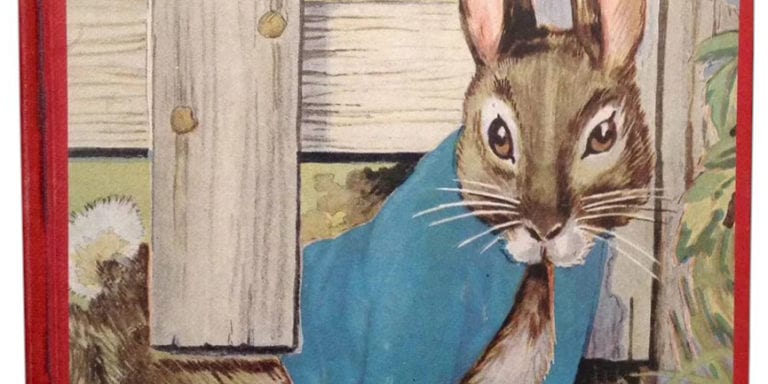
This week’s book story is posted from Aberlady, Scotland. Every year for the last 7, I’ve taken a golf trip with 3 old friends.
“2 retired doctors, a retired lawyer and a bookseller walk onto a golf course…”
You figure out a punchline.
I don’t really enjoy golf as a game that much anymore. I used to call it a “four hour vacation.” It was great to get away from phones and email and work and…everything.
I had only played 27 holes in 2019. In recent years, playing the same old local courses has become tedious. I’d rather be doing things I’ve never done before. Like finding books I’ve never seen in the Wonder Book warehouse. I find that infinitely fascinating. There’s no sign of that ever changing. Which is good for me. I’m a “lifer” for the “Book.” It’s good for the “Book” as well. Millions of books would have been lost but for Wonder Book. By hook and by crook, by chance and by serendipity, I have landed on this path.
Thank God.
I am so afraid I would have been bored with any other career.
If I stop…what’ll happen to all the books?
If I stop…what’ll happen to me?
Scotland…we played two courses at St Andrews and three on the south shore of the Firth of Forth. I’m going to miss the last two rounds with them here. I had to cut my trip short to return to my son’s wedding. Both the trip and the wedding were being scheduled around the same time a year ago. Who pays attention to what will happen next year? Well, I don’t.
It’s been a busy week. A busy month. The last 6 months have been pretty amazing. “Spring’s First Kiss” seems so long ago. Summer ends in week or so. It already feels like fall here. Cold and damp. But then it is always cold and damp in Scotland. About the only way to tell the seasons here is by the number of hours of daylight. This part of Scotland is about the same latitude as Nova Scotia. This past spring and summer…I’ve been a very lucky bastard. Now fall approaches. What will this season bring?
My friends and I go somewhere special every year for a week of golf. We’ve been to many famous and wondrous courses. The last trip to Scotland 6 years ago was capped with a round at the Old Course in St Andrews. St Andrews is the oldest golf course in the world. Golf was first played there in the early 15th century. When we played there, we literally walked in the footsteps of every great golfer that has ever lived.
I birdied the 18th on the trip. True story. I had seven witnesses. That includes our four Scottish caddies. My caddy, Tom Morris (really), lined up my 15-foot put. He was quite a character. He hand rolled a cigarette every other hole. He did it using only one hand. He had helped me make great shots all day. His face belied a very tough life. When the ball fell into the hole on the 18th of St Andrews Old Course, my golf life could have ended right then. What golf came before was a prelude. What golf has happened since has been anti climactic.
Wow. Who was that guy. There were some very tough years in the interim.
So now golf has to be special for me to enjoy it. Scottish golf courses are special. The scenery, the geography, the “differentness” all make these trips about the only golf I really enjoy doing now.
The courses we played around St Andrews and East Lothian this year were all links courses. “Links” are the wasteland between the seashore and usable land. The Scots, being very thrifty, have made good use of this kind of land for hundreds. Playing along the seashore up and over dunes and around boulders and pot bunkers with the sea on one side and varied but always beautiful scenery on the other was always invigorating. Only one day had steady 30-40 mph winds. We lucked out with very little rain. The temperature was between “sweater” and “no sweater.”
The sea air was so full of oxygen I felt all my hemoglobin became fully recharged.
I was also tasked to find a book for a friend.
“What can I bring you from Scotland?”
“Bring me a book, dammit.”
That task—so difficult on other recent trips—proved a bit easier this time. The first few days were in the medieval town of St Andrews. There was no golf on Saturday when we arrived. The trip from the Edinburgh airport was a bit harrowing in the big car we rented for the four of us and our luggage and golf clubs. The roads can be quite narrow. The overnight flight was a bit exhausting. More difficult than anything was finding a parking place on a Saturday afternoon in the beautiful place. The roads and street layouts are tiny and…medieval. Once parked, I headed out in search of an antiquarian bookstore. A place like this must have one.
I asked a couple locals who gave me a blank stare. When I inquired at a stationery store, the gentleman there told me:
“Certainly, the ‘Book-a-Neest.’ But he may be closed by now. It is half 6. Just around the corner there.”
And there it was. “Bouquiniste.” An old bookstore right out of central casting.
Upon entering, I introduced myself as a bookseller.
“How late are you open?”
“Until the last customer leaves,” he replied. “I imagine the same as you.”
Yes, there were many evenings I stayed open for browsers still on site. That was so long ago.
“Do you have any Rackham on hand?”
“Just The Land of Enchantment. But it is not his usual.”
He made no indication where it could be found. I think he was sure I wouldn’t want it. I suspected it would be behind the counter where his “better” books were shelved.
Sure enough there it was. I slipped it from the shelf.
“This will do.”
He seemed a bit surprised at that. I’d been in the shop less than 5 minutes. Its penciled price was 55 Pounds.
“Fifty please.”
I paid him with a 50-pound note.
“Bag?”
“Please.”
He slipped it into a cloth tote with his store’s name on it.
I stepped out into the early Scottish evening and breathed a sigh of relief. I doubted there would be another bookstore of this type on the rest of the trip.
“Success.”
The seeds of this book story were written nearly 20 years ago. That old story was very thin and actually pretty lame. What follows is a complete and vastly expanded reworking of that.
The theme was and is about children’s books; children’s books that were once new but are now old.
I imagine that just about everyone here experiences Proustian memories when they see a book identical to one that meant something to them when they were children.
There’s psychology to that. It is called “involuntary memory.” You can certainly find more about this yourselves but here’s a bit to give you grounding:
Involuntary memory, also known as involuntary explicit memory, involuntary conscious memory, involuntary aware memory, and most commonly, involuntary autobiographical memory, is a subcomponent of memory that occurs when cues encountered in everyday life evoke recollections of the past without conscious effort. Voluntary memory, its binary opposite, is characterized by a deliberate effort to recall the past.
https://en.wikipedia.org/wiki/Involuntary_memory
There appear to be at least three different contexts within which involuntary memory arises, as described by J.H. Mace in his book Involuntary Memory. These include those that occur in everyday life, those that occur during the processes of voluntary and involuntary recall, and those that occur as part of a psychiatric syndrome.
Precious fragments
These include involuntary memories as they arise in everyday mental functioning, comprising the most common occurrences. They are characterized by their element of surprise, as they appear to come into conscious awareness spontaneously. They are the products of common everyday experiences such as eating a piece of cake, bringing to mind a past experience evoked by the taste. The term “precious fragments” was coined by Marigold Linton, a pioneer in the study of autobiographical memory research.
By-products of other memories
These are less common, and appear to be the result of voluntary/involuntary retrieval. Characteristic of such occurrences is the triggering effect this has, as one involuntary memory leads to another and so on. Again, Linton describes her own experiences with such memories as”…coming unbidden sometimes when my mind is silent, but also as by-products of searches for other information.”
This book hopped into my hand last week while sorting through carts and carts of vintage books, not-so-vintage books and other stuff distilled in our sorting processes to a final arbiter. In many cases, that arbiter is me.
Among last week’s finds were a cluster of books autographed by politicians—JFK and LBJ and Teddy Kennedy. Teddy’s book also had 2 8×10 headshots signed in ballpoint. After his signature Kennedy wrote “Kennedy ’80”, signifying his controversial presidential run against the incumbent Democrat president, Jimmy Carter. Carter, upset that someone in his own party would run against a sitting president, famously said: “If Kennedy runs, I’ll whip his ass.”
It’s exciting to find small treasures like these in the “slush pile.” So many collections of books come into our stores and various types of house calls. Unless we know a collection is special, the books are boxed and bagged and mixed amongst other bags and boxes in our vans and then mixed further when unloaded onto pallets in our sprawling warehouse.
We sort through hundreds of thousands of books each month. I often liken the process to winnowing. If one sifts through a mountain of rubble, one will likely find a gem or two. But we strive to make good use of every book—common and uncommon—that comes our way. It is an avocation and a game and a passion. It is also a job.
We call it #BookRescue. For most of the collections we get, there are no other buyers who will take the books as a lot. Whether it be 100 books, or a thousand or 10,000, we will go through every book and triage them to get the best result for every single book.
Peter Rabbit…this book “stuck to my hand” and stopped my, sometimes a bit frenetic, personal, sorting process. Why? I’d held this exact edition of Beatrix Potter’s creation in my hands when I was a toddler.
I closed my eyes, and I was in my parents’ bed, wedged between Mom and Dad, beneath the tufted cotton bedspread. We read that book…it seems like hundreds of times. So many times that it got to where I could “read” it though I didn’t even know my ABCs yet. I had each page memorized. I knew the first and last word on each leaf. I knew just when to turn the page and continue the story. I had a happy childhood. Those times with my first books were warm soft glowing moments. Holding that identical vintage edition of the book was a “precious fragment.”
Oh, I disliked Farmer MacGregor so much! He had no eyes and was always chasing poor Peter with a big rake!
I have had many. It may be food or drink or an image or a geographical scene or some kind of déjà vu…
But most of my involuntary memories have occurred when a book has appeared in my hand that looks the same as a book I had at an important time and place.
Yertle the Turtle in a first edition dust jacket (my mom got me a copy the day it came out) is an example. I recall the book being put in my hands and immediately sitting on the floor to read it. In minutes, I learned the meaning of “big fish in a little pond” as well as a number of other “morals.”
It was my brother Tony who introduced me to Hugh Lofting’s Dr. Dolittle. That also introduced me to Eggertsville NY Library. I checked out one after the other and then moved on to the Winston Science Fiction series for young adults.
The Ballantine editions of The Lord of the Rings are another example.
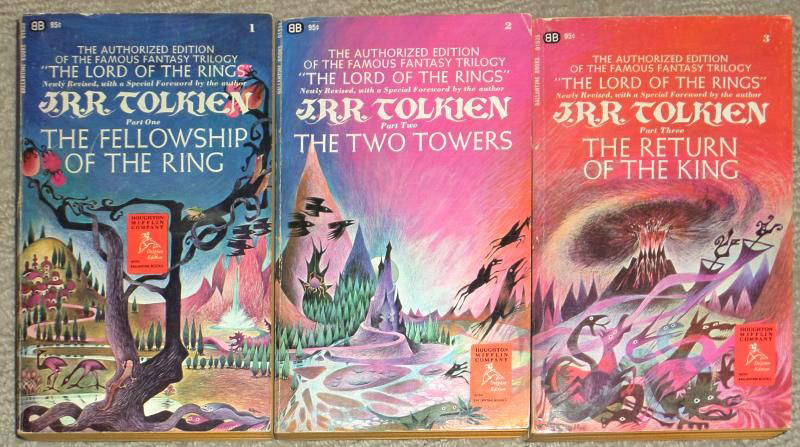
Coming across copies of these old paperbacks takes me back to my childhood bedroom when I was 10 or 11. My brother Jimmie—a decade older—stuck his head in the door and tossed the Trilogy onto my bedspread.
“You might like these,” he chuckled. “They’re full of dragon spit and elven snot.”
We moved from that happy home soon after. The next place was not so idyllic. My dad became Chief of Medicine at the VA at Fort Howard, Maryland. They were practically no other kids on the station. Outside the gate was a kind of Mordor with the Bethlehem steel plant spewing orange smoke and dust. Mom and Dad began having health and personal problems. My school was dreadful. But I recall escaping those times under the bedclothes reading Tolkien by flashlight to avoid my parents’ remonstrance for staying up too late. Holding a matching copy of those old paperbacks takes me under my childhood blankets—warm and safe—discovering the meaning of good and evil…and so many magic and important things in Middle Earth.
In the pre-internet days when I spent almost all my time buying and selling books in the stores, a lot of the best old book sales resulted from middle-aged and older persons trying to recapture a tangible piece of their youth. It seemed we would get requests almost daily from someone looking for a book they had loved as a child. The stipulation was it had to look the same as they remembered. Sometimes it would have to be a first edition. But most of the time it just had to be from that approximate time. They may want it for themselves or for a child in their life. All that mattered was it looked the same as they remembered it.
My career began too late for the first round collectors of GA Henty, Captain Marryat, RM Ballantyne and Colonel James Fiske and the many others from that era. I did buy numerous collections of books by these authors from the same era who wrote adventures—mostly for boys. But when I got them and looked up pricing in the old printed guides and put them out for sale…they sat and sat and sat… And many were just beautiful books. Especially the Henty’s. Most of the publisher’s bindings of his works were visually striking.
An exception, in my experience, from this generation of adventure writers was H Rider Haggard. He did continue selling for the first couple decades of Wonder Book. I guess his books crossed over into “literature” and fantasy as opposed to strictly juvenile adventure series for boys and young men. King Solomon’s Mines, Allan Quartermain, She and other swashbuckling adventures concern Africa and “lost race” fantasies. “She” is Ayesha—famously: “she who must be obeyed.”
Now, except for his iconic titles, I can’t sell even very nice copies of his first editions of most of his works. (Of course, if I found anything early in a dust jacket, I’d probably be holding a marketable 4 or even 5 figure book.)
Looking at dead stock gathering dust in my stores year after year, it began to dawn on me that the reason these once extremely popular late 19th and early 20th century books were unsaleable could be that no living adults had really been reading their juvenile fiction. The generation or two for whom these authors wrote was gone. No one was left who had read them in THEIR youth.
Those old books had no audience. The readers were dead or already had the books they wanted. Maturing people with money had no connection to those books. The writing had not passed on to another generation. The books had physically stood the test of time. The contents had not.
What “juvenile” books have stood the test of time?
Let’s start with the Edgar Rice Burroughs phenomenon… For most of the years I’ve been a bookseller, I could sell ANY copy of any of his books. Even his westerns used to sell in any edition. Grosset and Dunlap reprints without jacket of any of his books—even if they were a bit battered—would sell for decent money—and quickly. $15-$25—which is like $50 today. They were almost always in matching bindings—red cloth short octavos. If the vintage, lurid dust jackets were present, they’d go for 4 times that or more. First trade editions were astronomical. In dust jacket…insane!
When I did book shows in the 80s and 90s, almost every non-specialist bookseller would have 3 or 5 or 13 Edgar Rice Burroughs on display.
It may have been Burroughs’s books that bridged my personal reading from juvenile to adult (although many would say his books are pretty “juvenile” by today’s standards.) Perhaps one of my older brothers—Jimmie or Tony (12 years older) introduced me to them. I recall vividly my rock-and-roll star brother driving me from Rockville to Wheaton, Maryland where, in the 1960s and 70s there was a cluster of used bookshops. We visited the quirky Attic Books (it was in no “attic” but, rather the second floor of a nondescript brick commercial above a beer store…was it Belby’s? That was long, long before I had discovered beer.) We asked for Burroughs’s books. The proprietor—who I recall was kind of friendly—pointed to a three-foot stack of short paperbacks leaning back against a wall.
“There should be some in there with those other ‘Aces.'” The Ace books, usually sci-fi and fantasy, were originally printed in a shorter format compared to other mass market paperbacks of the time. We found some Burroughs amongst them. The images on the covers were of a style I’d never seen before. There were EXPENSIVE too. Maybe $1.25 compared to 25-50¢ most paperbacks went for. We inquired.
“It’s the Frazetta covers. People collect those.”
I could see why. They stimulated my prepubescent mind in many, many ways.
My brother bought me a few. So began one of my first “collections” outside of coins and comic books. I began reading them. I’d never experienced anything like this before—except for Tolkien. Soon I was falling into the center of the earth with David Innes. We’d run into dinosaurs and wooly mammoths and sea serpents…and innocent primitive maidens who were sorely in need of protection. Oddly, though they were “prehistoric” women, they looked very modern and Western.
Then I was onto Mars and Venus for those series. I was never that interested in the Tarzan books. I guess he’d been tainted to my mind by the TV shows and movies and Johnny Weissmuller appearances on talk shows.
In a Paris Review interview, Ray Bradbury said of Burroughs that “Edgar Rice Burroughs never would have looked upon himself as a social mover and shaker with social obligations. But as it turns out—and I love to say it because it upsets everyone terribly—Burroughs is probably the most influential writer in the entire history of the world.” Bradbury continued that “By giving romance and adventure to a whole generation of boys, Burroughs caused them to go out and decide to become special.”
https://en.wikipedia.org/wiki/Edgar_Rice_Burroughs
So, Burroughs readership spanned most of the 20th century. More (living) readers equal more collectors.
I began selling Frazetta Burroughs right away. I’d put them in little baggies to protect them.
In the last couple years when I visited the stores, I’d see long runs of the old red cloth Edgar Rice Burroughs. I began culling them by necessity. They were mostly dead stock. I was shocked and saddened when, perforce, I began sending them to our Books By the Foot #BookRescue enterprise. Now, unless they are near perfect or first editions or in original jackets, they won’t be sent to the stores or listed online.
Like H Rider Haggard, the collectors’ market for Burroughs’s first editions is still there. At least the pricing is for core titles especially in dust jacket. But to me the public’s collecting passion for Burroughs has passed. Our sci-fi and fantasy paperbacks shelves of his works need frequent culling. No one pays attention to Frazetta covers anymore. Burroughs has not been promoted here to “Literature” like Bradbury and Doyle.
In addition to sci-fi and fantasy juvenile fiction, there are the mystery series like the Hardy Boys and Nancy Drew.
I inherited jacketless older edition hard covers of the Hardy Boys from my brothers. I think the very short octavos all uniformly about an inch and a quarter thick had brown paperboard covers. Their endpapers were sepia brown and white paper with old cars and boys wearing nice clothes having all manner of adventures.
The Hardy Boys’ series predated my brothers significantly. Once I read their hand-me-downs, I began getting my parents to buy me numbers (each adventure began to have a sequential number at the base of its spine) I didn’t already have. My generation had the jacketless blue-spined pictorial “cloth” bindings. But the dimensions were identical to the earlier versions.
As a bookseller, the Hardy Boys and Nancy Drew series were always easy money. The Nancy Drew books continue to sell pretty well. The Hardy Boys are kind of lukewarm nowadays.
I think parents today look at them as things they read and their parents read. They are comfortable and trustworthy for their children (and themselves.)
The older editions in dust jacket are not so easy to sell. The people that read those editions when they were kids have mostly passed on. The cover art on those jackets is “dated.” Take the automobiles, for example. There’s no connection between what I experienced on the street as a kid and the vintage machines depicted on those jackets. We get far more than we can sell to collectors.
There is a market for first editions in dust jackets. But I presume it is no longer rabid.
The Hardy Boys, Frank and Joe Hardy, are fictional characters who appear in several mystery series for children and teens. The series revolves around the teenagers acting as amateur sleuths, solving cases that stumped their adult counterparts. The characters were created by American writer Edward Stratemeyer, the founder of book-packaging firm Stratemeyer Syndicate; the books themselves are written by ghostwriters under the collective pseudonym Franklin W. Dixon.
https://en.wikipedia.org/wiki/The_Hardy_Boys
The Hardy Boys have evolved since their debut in 1927. Beginning in 1959, the books were extensively revised, partially to eliminate racial stereotypes. The books were also written in a simpler style to compete with television. Some critics argue that the Hardy Boys changed in the process, becoming affluent and law-respecting “agents of the adult ruling class.” Most lamented the loss of the richer pre-war descriptive style, but saw the updates as an attempt to modernize the stories. Similar complaints were made about the updates to Nancy Drew, the female counterpart of the series.
So the Hardy Boys (along with Biff and Chet) and Nancy Drew are now into their fourth or fifth generation of readers—and “collectors.” Although for us, in recent years, the Nancy Drew market is far stronger than the Hardy Boys. It wasn’t very long ago I saw bundles of a dozen Nancy Drews—likely volumes 1-12—for sale at Costco of all places. Clearly they were being marketed for “modern” children.
Although Nancy Drew still sells, there are other vintage girls’ series I never had luck selling. Ever. Elsie Dinsmore, Honey Bunch, Grace Harlowe and the numerous “Girl Scout” series from the first third of the 20th century never sold well, and unless there is something extraordinary about a copy we come across, they will go to decorators. In our experience, there are no collectors left. Or if there are, the supply far exceeds the demand for those books.
But like adventure books and H Rider Haggard, the vintage girl series had their own exceptions. For example, the series of Anne books by Lucy Maud Montgomery. These books continued to sell for decades longer than their contemporaries. There was a time we could readily sell any of these in any edition or condition.
But when I’m going through old books today, copies of the beautiful Page publisher’s bindings will stick to my hand. I will perforce look at the copyright in hopes they will be first editions. If not, they go to the decorators (unless they are in jacket.) Anne of Prince Edward Island is pretty much forgotten. I don’t think girls nowadays are reading them.
Too bad. They are stunning books.
(WOW! What hair!)
Tests of time…
And then there’s Pooh! Though there are not many books in the series, Pooh still sells for us in any edition. Rarely will Pooh be relegated to the designers. Readers still want that sweetness. I see no end in sight for the love of Pooh. Unless some revisionist finds something objectionable there, and the complaint gains traction.
That happened not long ago to Dr Seuss books. Really! Did any other author teach us more about tolerance and morality than Theodor Geisel? Yet, people found things they didn’t like in their version in today’s context. Will Seuss be expurgated? Updated? Or relegated?
NPR, who else?, takes this tack: Dr. Seuss Books Can Be Racist, But Students Keep Reading Them.
What will be the future “old” children’s Precious Fragments?
Well, Harry Potter of course. The 7 initial books continue to sell very well in the secondary market. The children who read them when they first came out are now in the mid 20s and older. First editions are in great demand as well as other collectible editions. There have been subsequent works by the Rowling machine. I imagine someday there will be prequels and sequels not only on film but in print as well.
Did Rowling save the printed book for young readers as some contend? I dunno… But I do know the printed book for current young adults is very strong. If you look at Instagram or Pinterest, thousands of very young book collectors are posting pictures of their book collections.
In the distant future when these kids are older and have money, will they be collecting Harry Potter’s and Percy Jackson’s and Katniss’s adventures in first editions?
I hope so. I personally find it very heartening to be transported back in time. I can be a kid again. My parents and my two deceased brothers (one other still remains) can be alive again.
Books can take places—past, present and future. Some books can do it again and again.




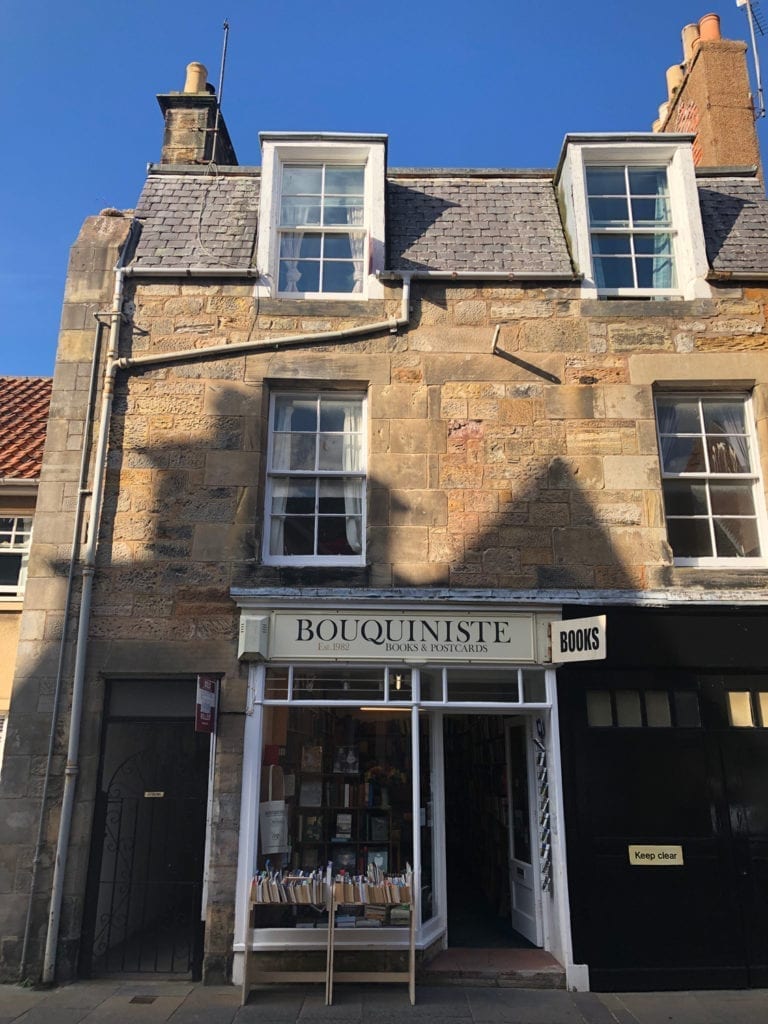
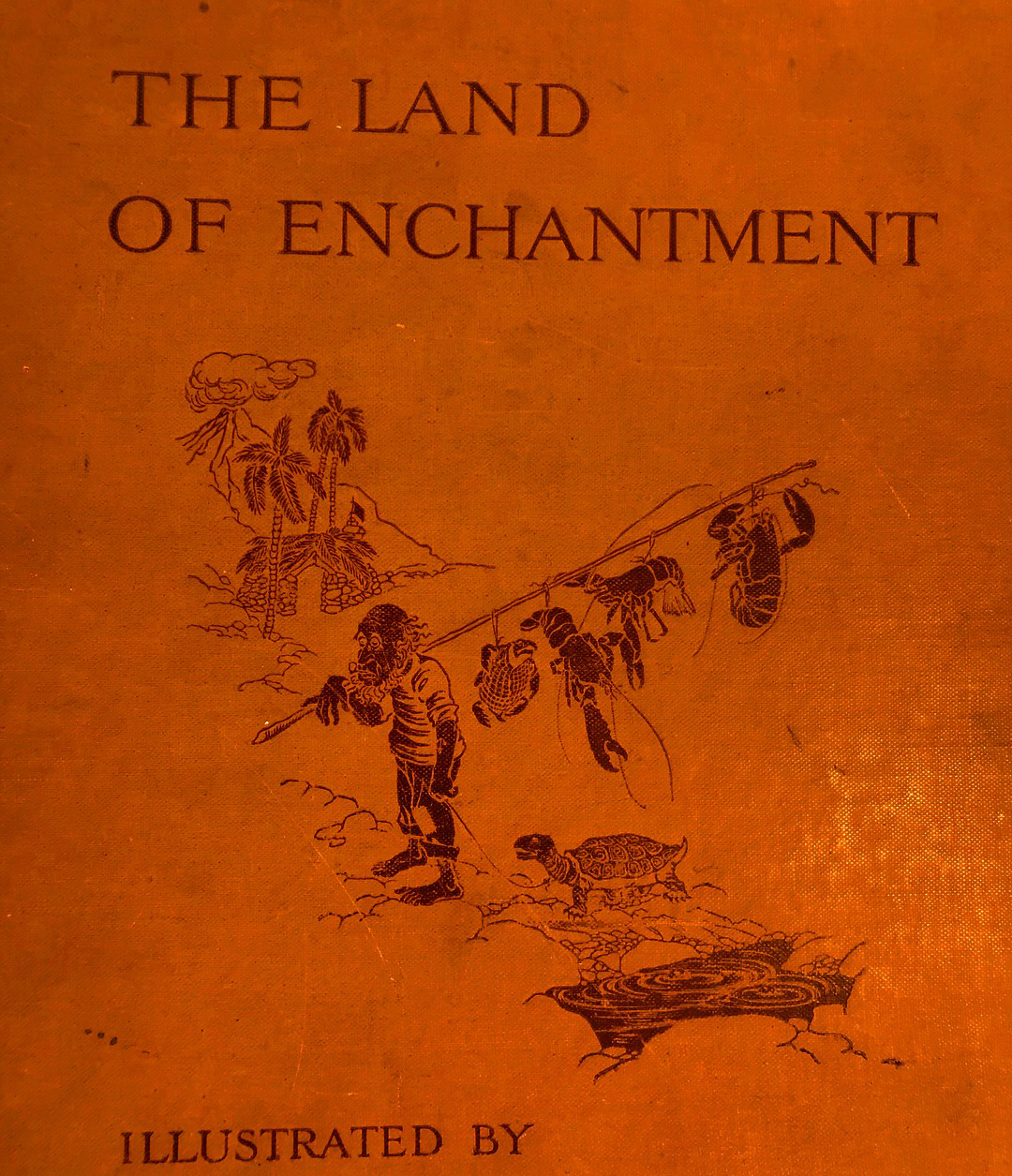
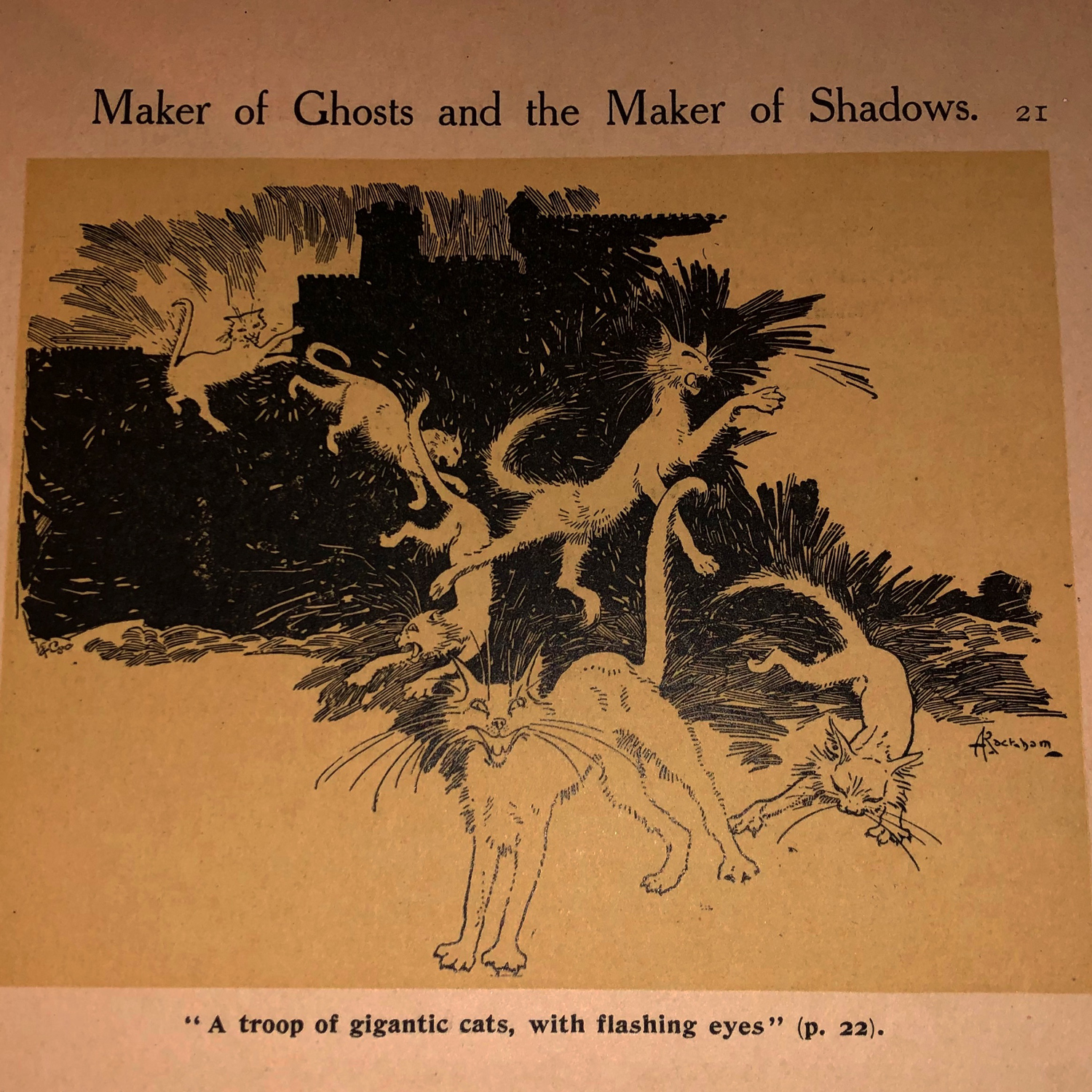
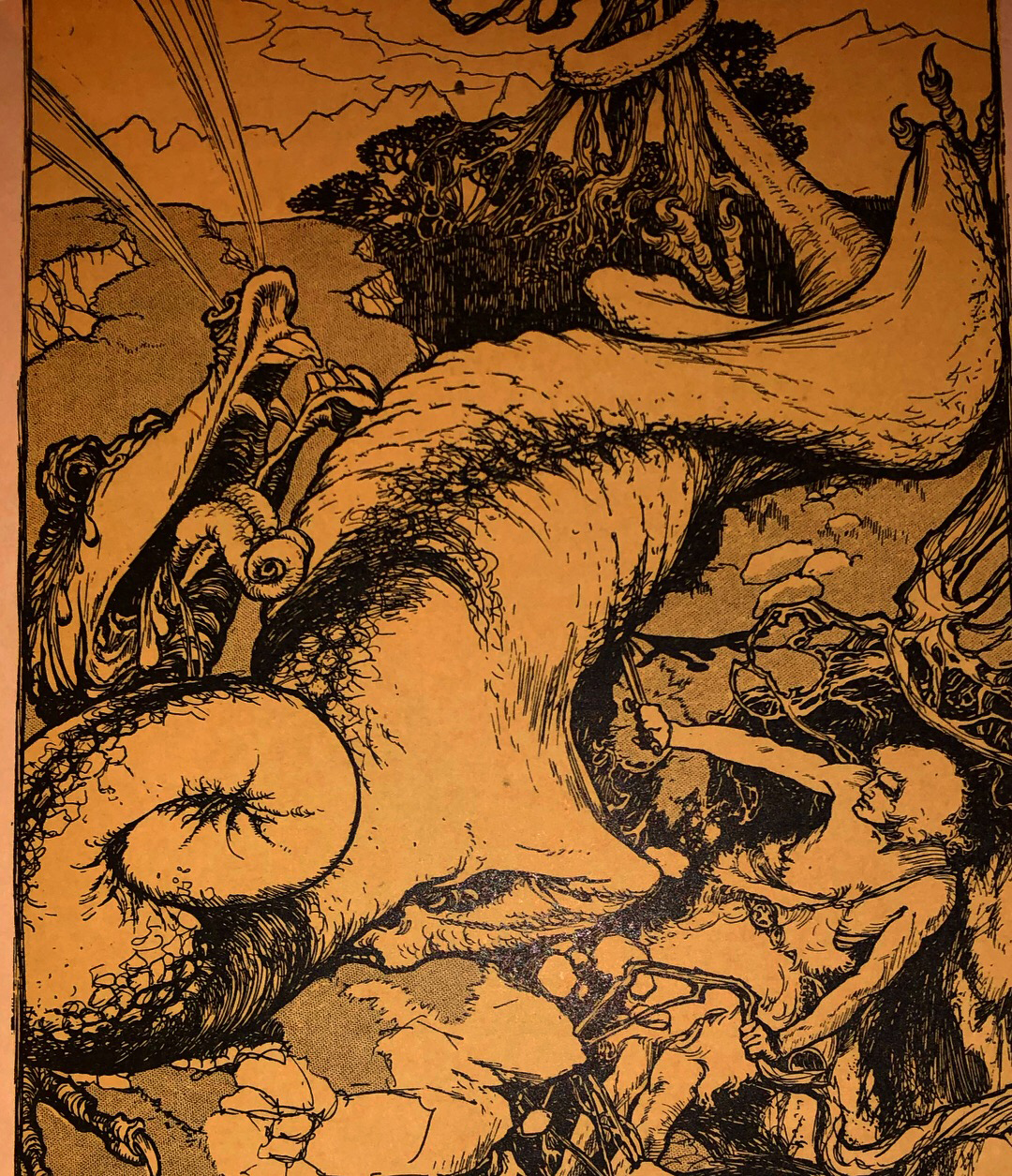
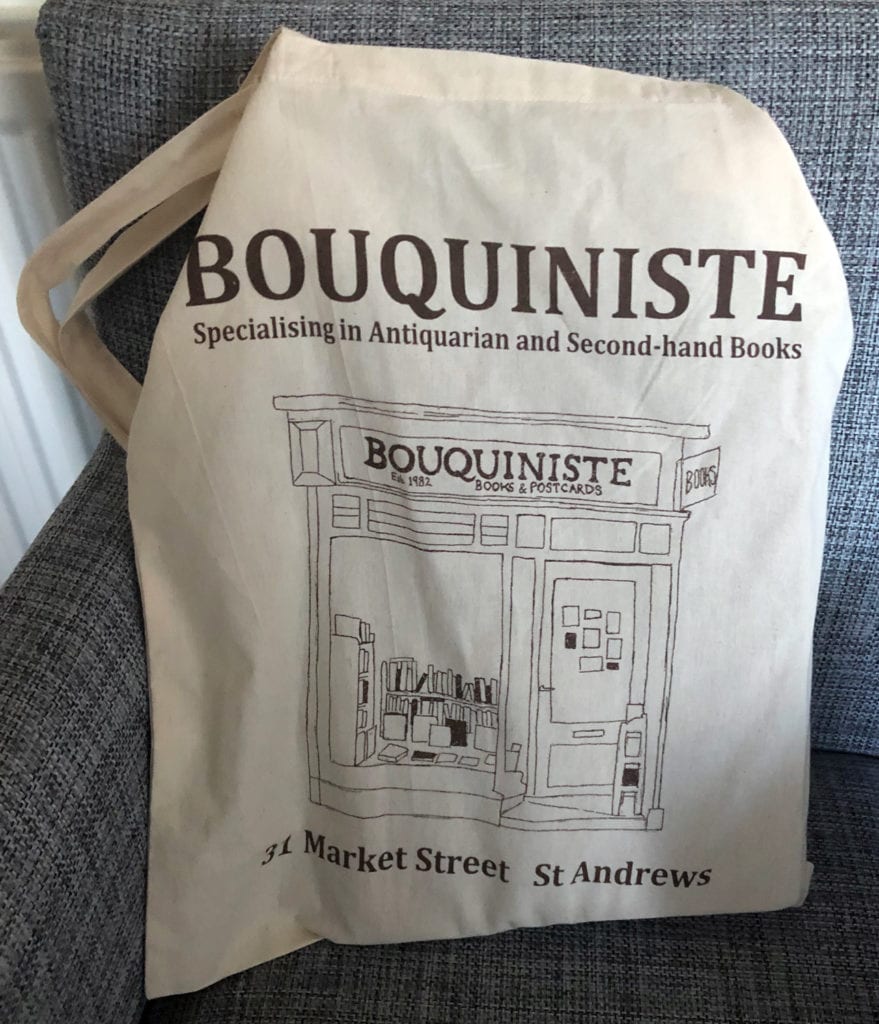
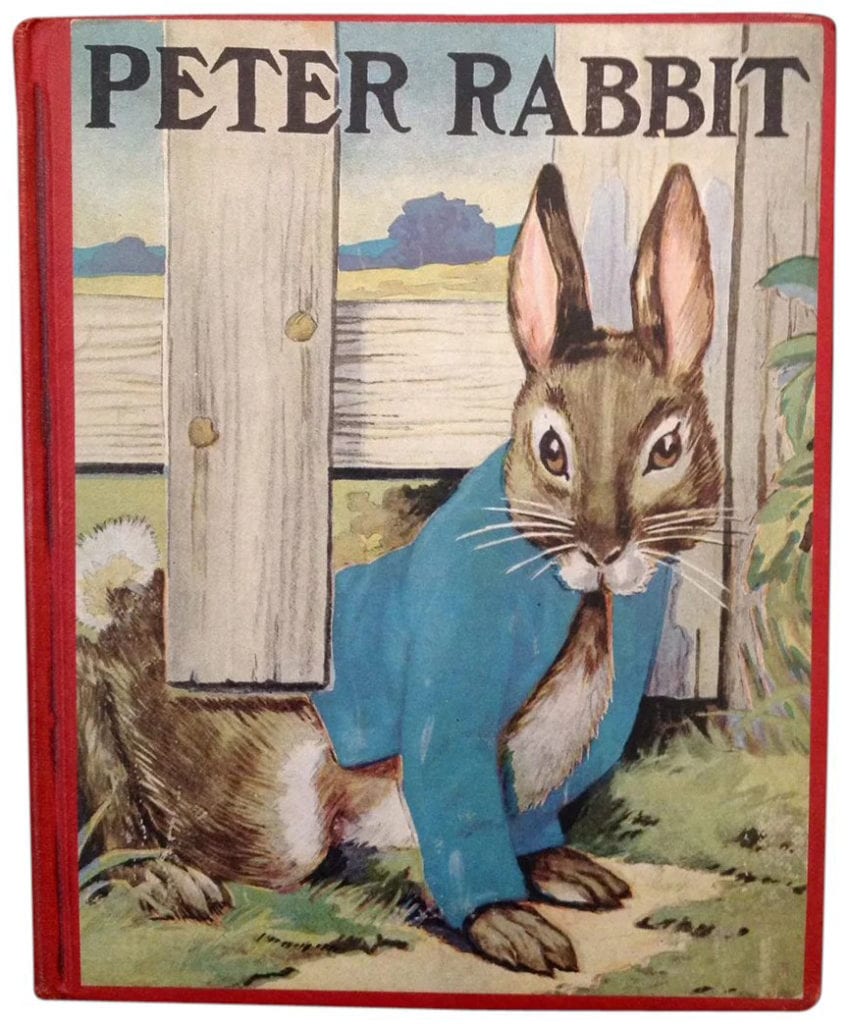
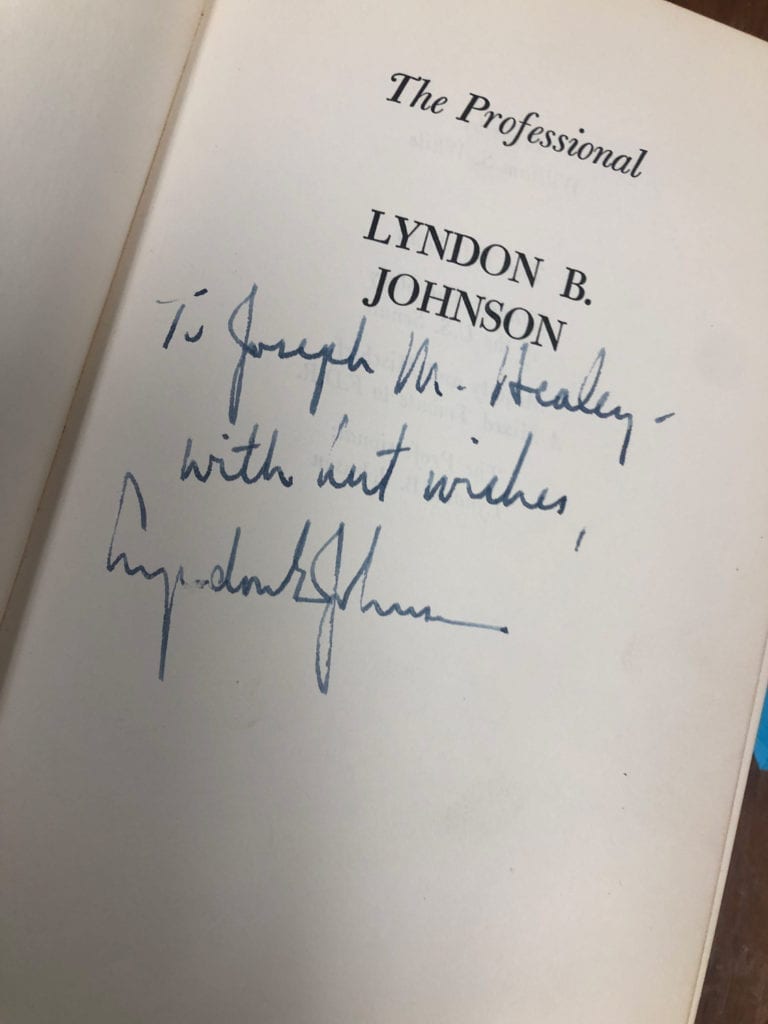
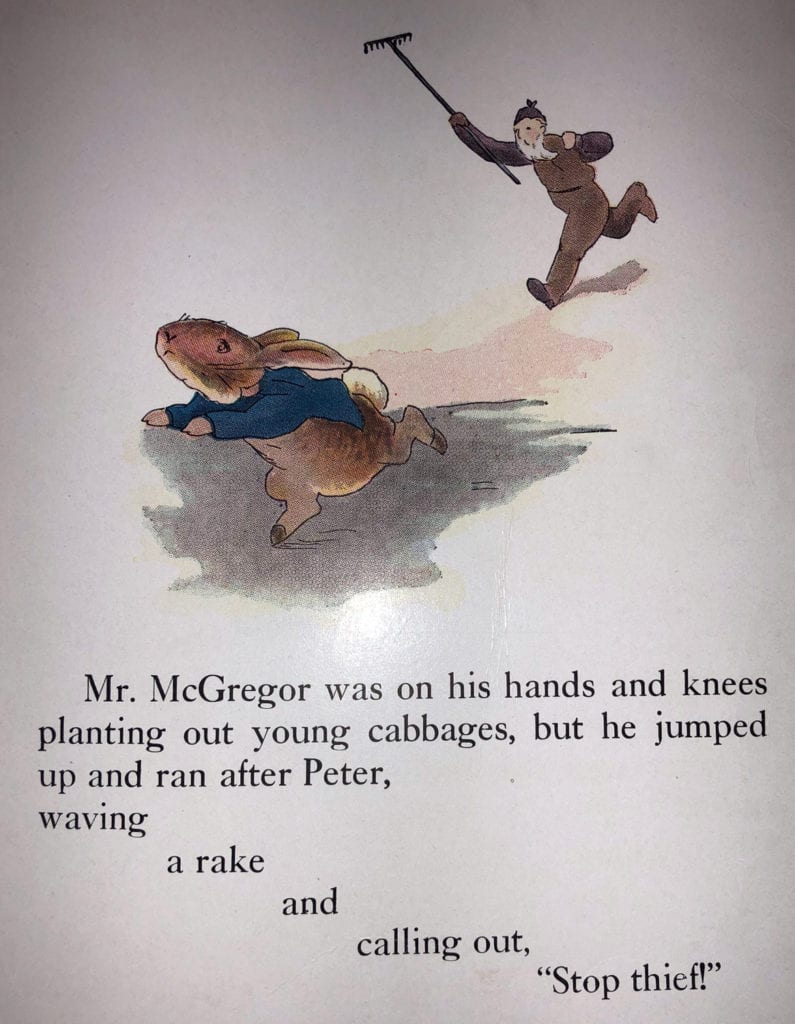
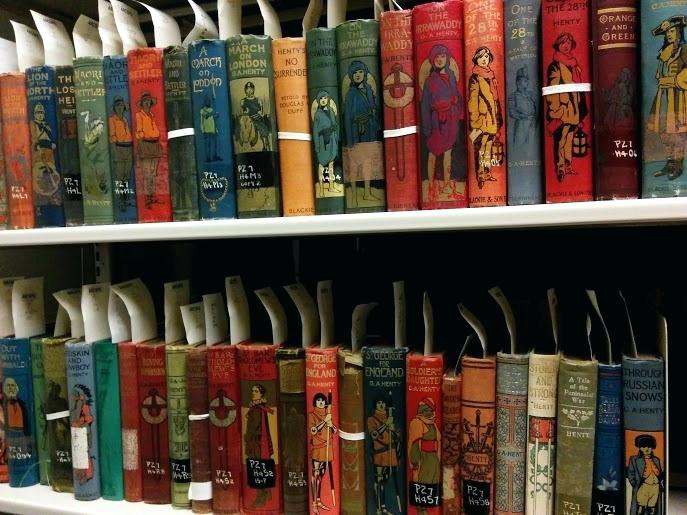
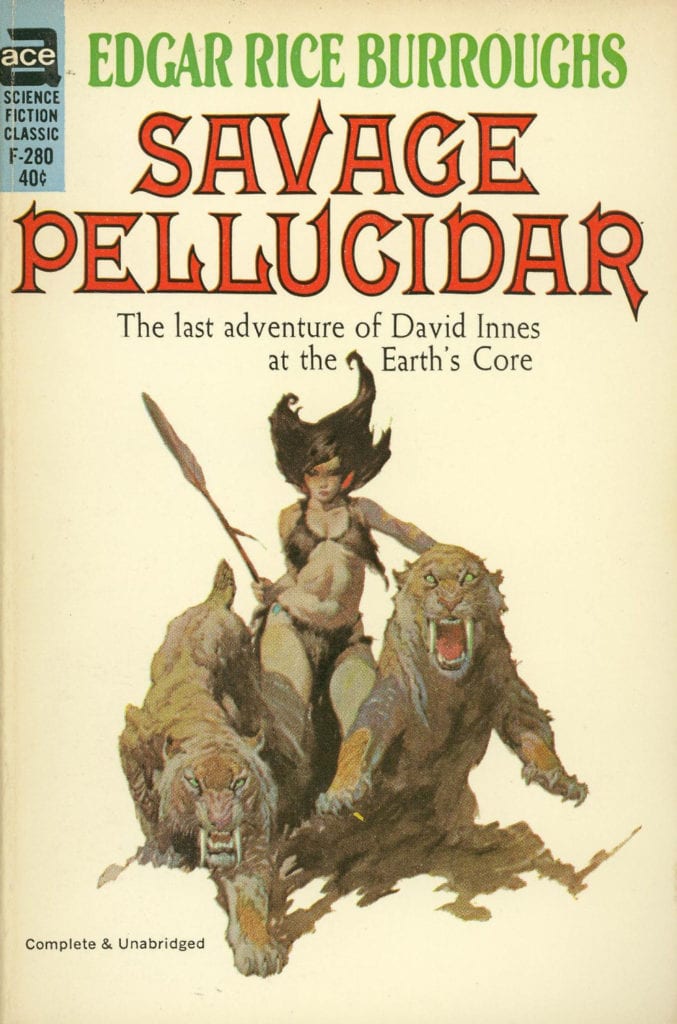
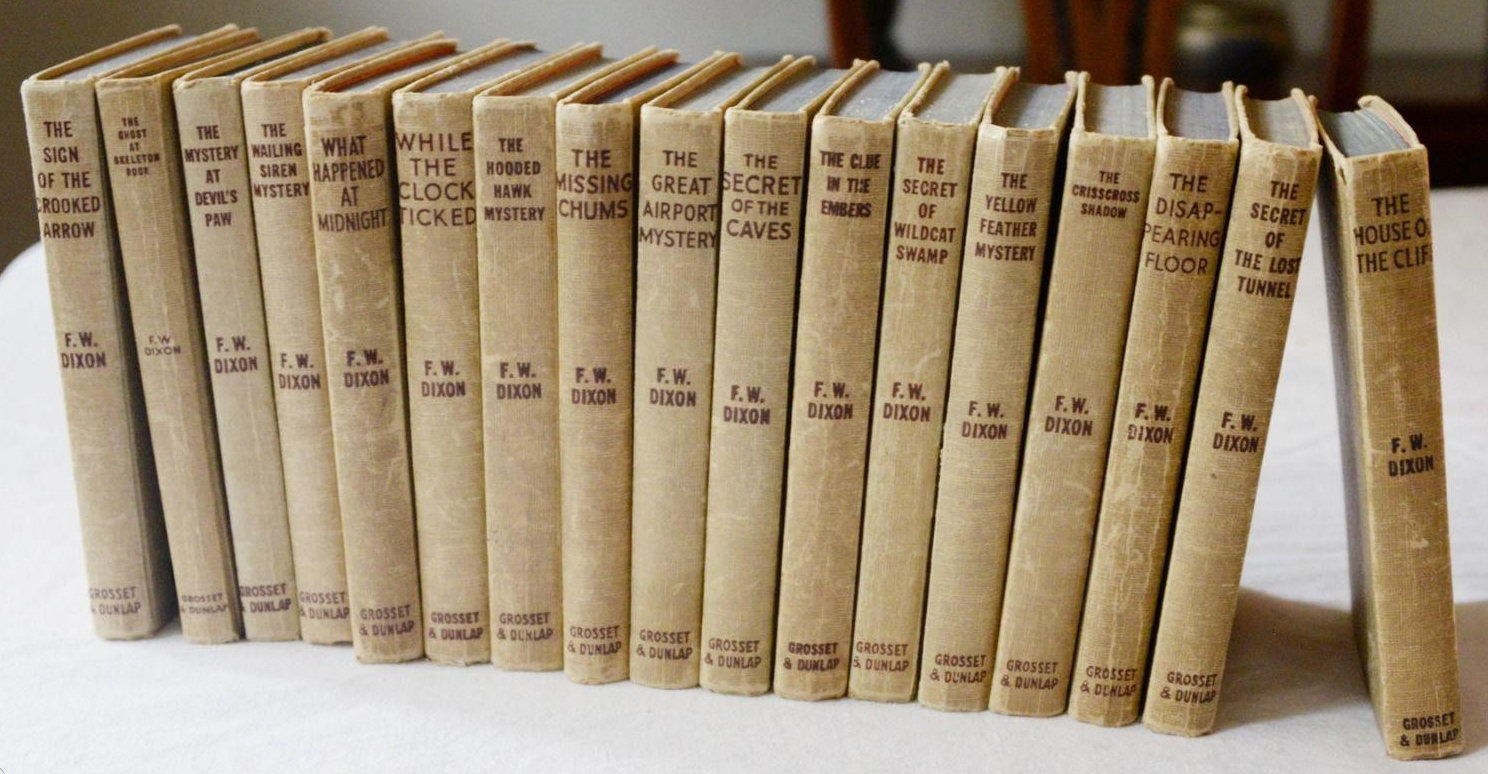
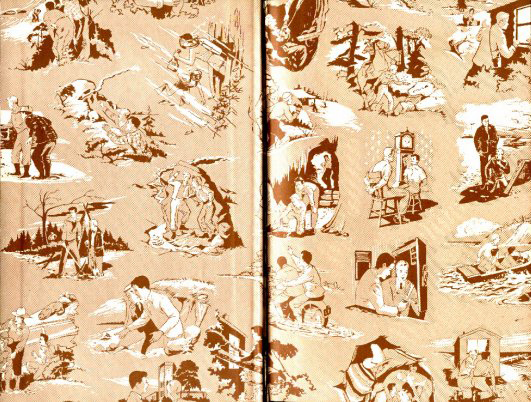
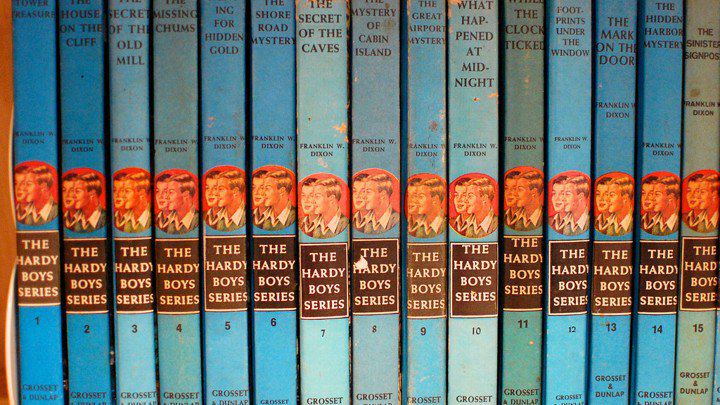
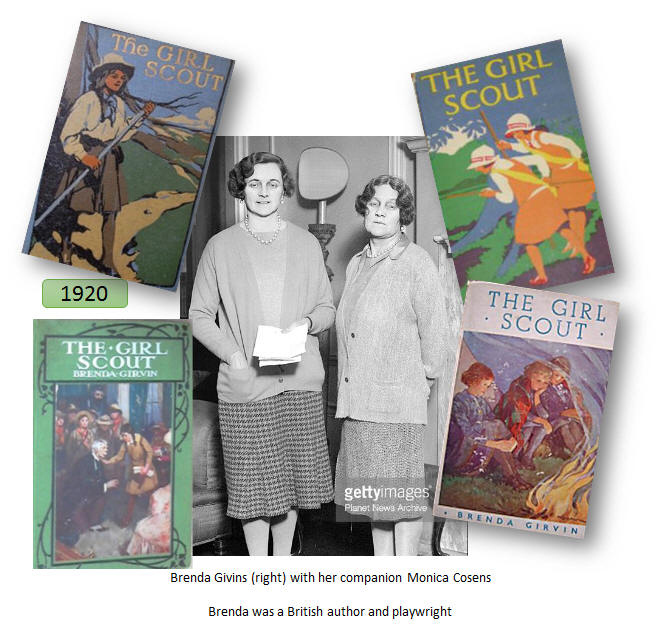
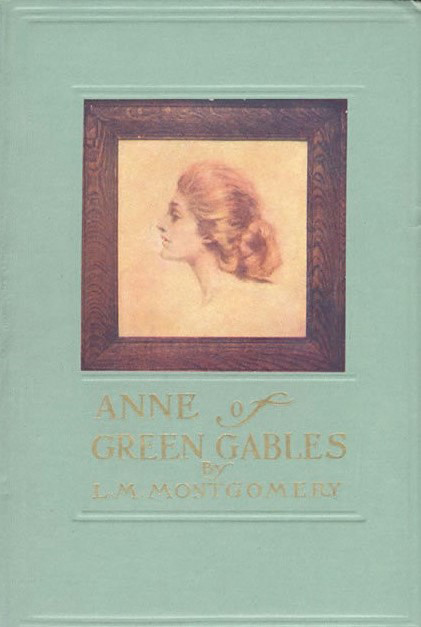
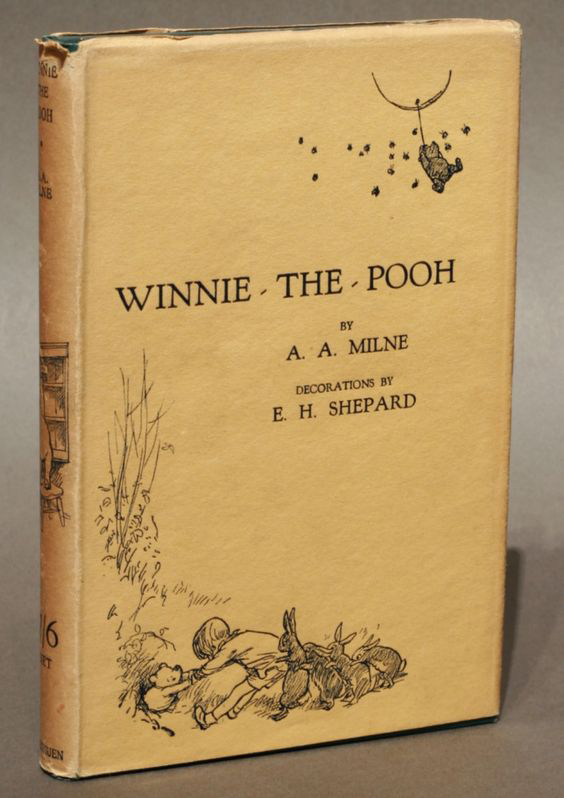
Yes your writing brought back fond memories of my own.
Thank You.
Thank you so much for reading and commenting.
I’m glad some fond memories surfaced for you.
Books are amazing.
Best
Chuck
Being a lover of history, my favorite books growing up were the Landmark books. I still have a few of them. Chuck, do you still run across many from the Landmark series?
Thanks for reading and commenting Charlie
Yes I read those too
They are still popular too!
I’m sure there are many online at http://www.wonderbook.com
The stores should have some too!
Best
Chuck